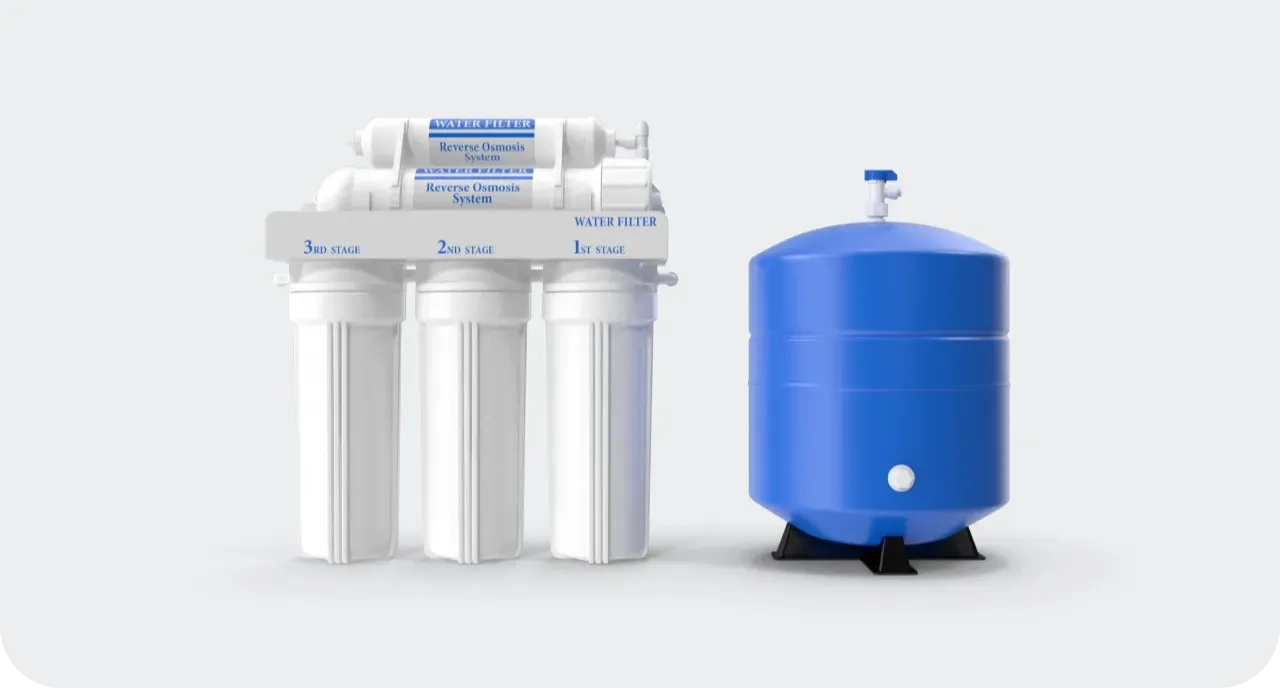
Replace Water Filter Fast (It's Easier Than You Think!)
Let me level with you: “safe” tap water can still taste weird, smell chlorine-y, and carry stuff you’d rather not drink. I test this gear for a living at Consumer's Best, and the goal isn’t to scare you—it’s to give you quick wins. If you already use a filter, the fastest upgrade is knowing when to replace water filter. If you don’t? I’ll help you pick something that actually moves the needle.
What’s Hiding in Tap Water (Even When It’s “Legal”)
Here’s the thing: “Meets standards” doesn’t equal “nothing in it.” Cities disinfect water with chlorine or chloramine to keep you safe from microbes—good!—but that leaves taste and can create byproducts. Lead can leach from older pipes and fixtures. PFAS (the “forever chemicals”) pop up more than most folks realize. Add nitrates from agriculture, microplastics, and trace pharmaceuticals, and yeah… a filter starts to make sense.
If you’re on a private well, it’s even more variable—no city testing, so quality swings with seasons, storms, and nearby land use. That’s why some people replace water filter on a schedule even when everything “tastes fine.” Your senses aren’t a lab test, but they’re a decent early warning.
What Filters Actually Remove—and What They Don’t
Pitchers and most refrigerator cartridges are carbon blocks. They’re great for chlorine taste/odor and can reduce many VOCs, some heavy metals, and a chunk of PFAS if they’re properly certified. But carbon won’t meaningfully cut fluoride or dissolved minerals, and it can struggle with nitrates. Reverse osmosis (RO) systems go after the hard stuff—fluoride, arsenic, nitrates, heavy metals, PFAS—by pushing water through a super-fine membrane.
There’s also ion exchange (often inside carbon blocks or softeners) for hardness and certain metals, plus UV light for microbes (think well water). No one filter does it all, so match the tool to the job. And, yep, whatever you choose, you’ll need to replace water filter parts on a routine—carbon more often, RO membranes less often.
Clear Signs It’s Time to Replace Your Filter
Believe it or not, your nose and taste buds are pretty reliable. If that swimming‑pool smell creeps back or coffee tastes flat, it’s probably time. Slow flow is another tell—clogged pores mean the media’s loaded. Cloudy ice, tea film, or scale lines around your kettle are little clues too. Manufacturers give ranges (pitchers ~2 months or 40 gallons; fridge filters ~6 months; under‑sink carbon 6–12 months; RO pre/post filters 6–12 months; RO membranes 2–3 years), but your water quality and usage drive the real cadence.
Quick note on TDS meters: they don’t show carbon performance because they measure dissolved solids, not chlorine or PFAS. For RO, a TDS drop is useful; for carbon, trust taste/odor and the calendar. When in doubt, replace water filter sooner rather than later—spent media can start passing what it used to catch.
Match Your Filter to Your Water (Fast, No Fuss)
Best first step: pull your city’s Consumer Confidence Report (search your city name + CCR). On a well? Do a lab kit once a year, and after floods or big storms. If you see lead, choose a unit certified for lead reduction. Lots of PFAS? RO or a carbon filter certified for PFAS makes sense. Chlorine taste with otherwise clean water? A solid carbon block pitcher or under‑sink system is the simple win.
If you want the shortcut, I’ve already tested the popular options and summarized the real‑world trade‑offs at Consumer's Best—pitchers, under‑sink RO, and smart fridge filters. I call out upkeep costs so you know exactly when to replace water filter parts and how much you’ll spend per year.
Setup and Maintenance Tips You’ll Actually Use
Flush new cartridges for a few minutes until the water runs clear—totally normal to see a little black carbon dust at first. Don’t overtighten housings; a light hand and a drop of food‑grade silicone on o‑rings goes a long way. Keep one spare on hand so you’re never stuck drinking off‑tastes while you wait for a shipment.
Set a calendar reminder tied to something you won’t forget—first day of spring, your birthday month, whatever. And never run hot water through typical carbon filters; it can damage the media. A tiny bit of planning means you replace water filter parts on time and avoid the “why does my water taste weird?” spiral.
When You Need More Than a Pitcher
Old home with possible lead service lines? Go with a certified lead‑reduction filter at the tap, and stick to cold water for cooking. Heavy PFAS, nitrates, or arsenic showing up in your report? That’s RO territory. Immunocompromised or on a questionable well? Consider RO with UV. If your whole house has sediment or discoloration, add a simple whole‑home prefilter so your fixtures (and your under‑sink system) don’t suffer and you replace water filter cartridges less often.
If you want my picks that balance price, performance, and maintenance sanity, I’ve got an updated short list at Consumer's Best. I keep it practical—what installs easily, what actually improves taste, and what won’t bleed your wallet dry on refills.
Bottom Line
Your tap water is probably legal, but that doesn’t mean it’s what you want to drink every day. A good filter plus a simple habit to replace water filter cartridges on time gets you 90% of the way to clean, great‑tasting water. If you want the no‑guessing route, check my hands‑on reviews and winners over at Consumer's Best—I’ll point you to what truly works in the real world.





